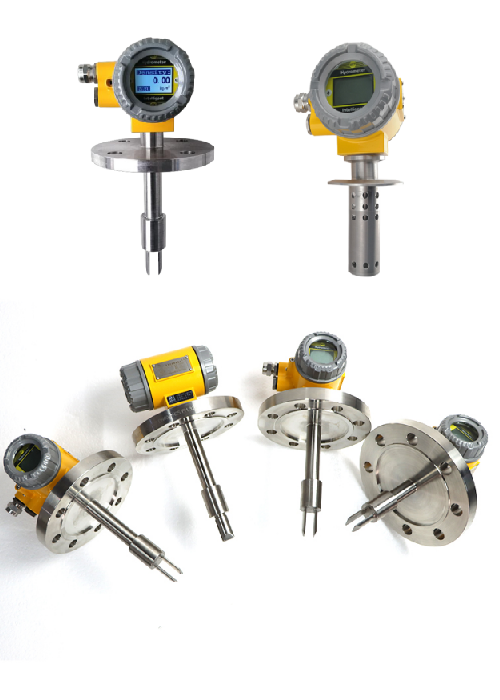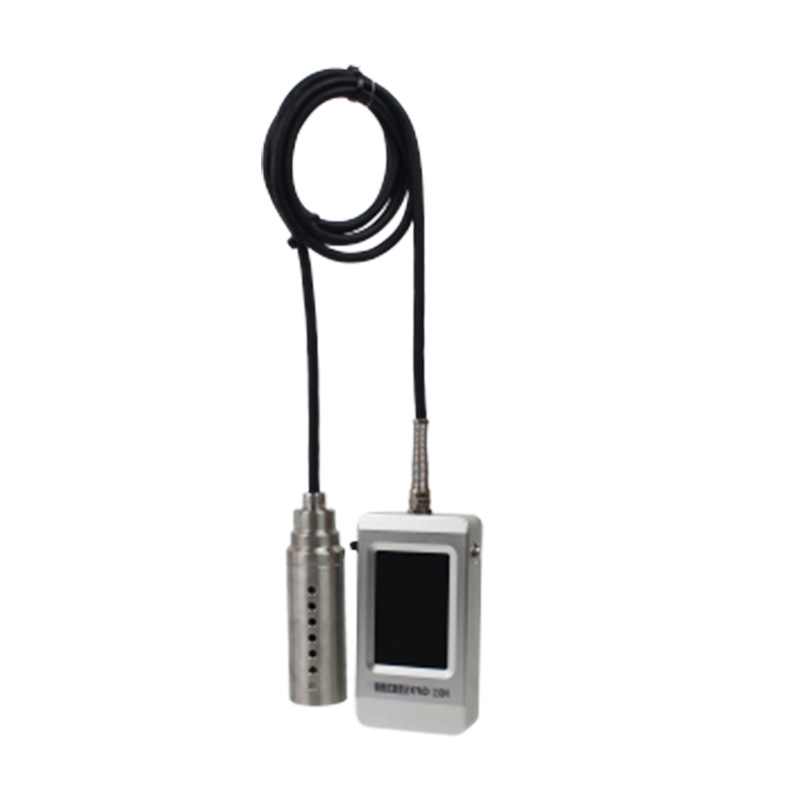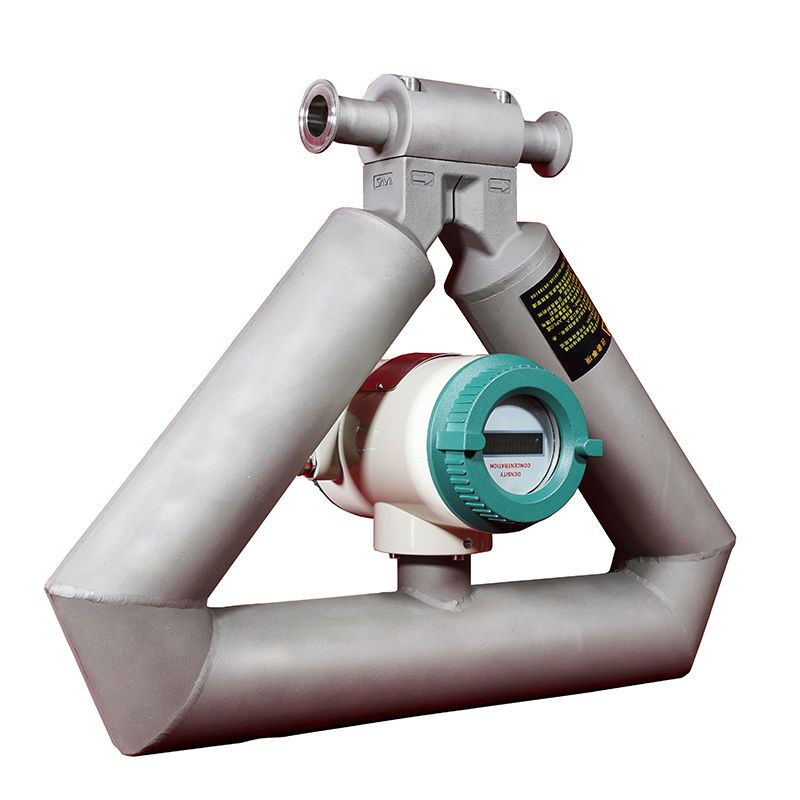The density of crude oil isn’t just a number to those in the oil and gas industry; it’s a pivotal metric that offers vital insights into the oil’s quality, transport logistics, and refining processes. Understanding and measuring this density accurately plays a central role in ensuring that operations run smoothly and profitably. From pricing determinations to refining techniques, the density serves as a guidepost, marking the journey of crude oil from extraction to its end use. In this article, we’ll delve deep into why this measure is so integral to the oil and gas sector and the methods used to determine it.

Understanding Crude Oil
Diving into the realm of crude oil, it’s essential to grasp its nature, its roots, and the primary elements that make it up. Let’s delve deeper.
What is Crude Oil?
Crude oil, colloquially known as “black gold,” is a liquid compound found beneath the Earth’s surface. This viscous fluid, often dark brown or greenish in color, is a potent energy source and the precursor to numerous petroleum products. More from wikipedia.
Origins of Crude Oil
This remarkable substance has ancient beginnings. Formed over millions of years, crude oil is the aftermath of ancient plants and tiny marine creatures settling on the ocean floor. Over time, under the weight of multiple layers of sediment and the Earth’s inherent heat and pressure, these organic materials underwent a transformation, leading to the birth of crude oil.

Key Components of Crude Oil
While crude oil’s exact composition varies based on its source, its primary constituents remain consistent. It’s primarily made up of hydrocarbons, compounds of carbon and hydrogen atoms. Additionally, it contains other elements like sulfur, oxygen, nitrogen, and trace metals, all of which influence its properties and applications.
With this foundational understanding, we can appreciate why the oil and gas industry invests so much into exploring, extracting, and refining this invaluable resource.
Why Density of Crude Oil Matters
In the expansive world of the oil and gas industry, details make a difference. One such detail that holds substantial weight is the density of crude oil. Let’s uncover why this seemingly simple measure is so pivotal.
- Gauge of Quality and Type
The density of crude oil provides a snapshot of its quality and type. For instance, lighter oils, which have lower density, are often more sought-after because they yield more gasoline and diesel fuel when refined. On the other hand, heavier oils with higher density can be more challenging to process but are valuable for producing products like asphalt. - Transportation Implications
Density plays a significant role in the transportation of crude oil. Oils with varying densities may require different types of tankers or pipelines, and the energy needed to pump them can vary. Lighter crude oils can flow more easily, while heavier ones might need heat or other interventions to maintain flow, adding to transportation costs. - Refining Efficiency
When it comes to refining, density is a key factor. Refineries are often designed to handle crude oil within certain density ranges. Being aware of the oil’s density allows refineries to optimize their processes, ensuring they extract the maximum amount of valuable products from the crude. - Impact on Pricing
In the global market, the density of crude oil influences its price. Light crude often fetches a higher price than heavy crude because of its yield of premium products like gasoline. Therefore, knowing the density can help producers anticipate the potential market value of their product.
In summary, the density of crude oil isn’t just a number on a sheet. It’s a pivotal parameter that drives decisions in transportation, refining, and even sales. Recognizing its importance underscores the intricacies involved in the oil and gas sector.
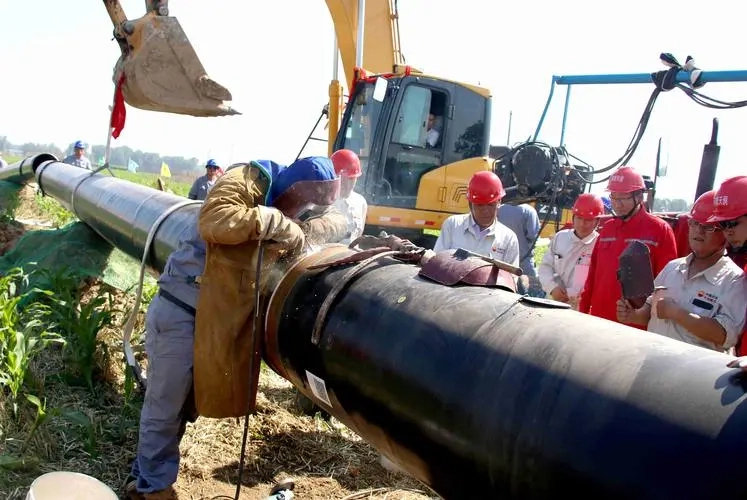
Factors Influencing the Density of Crude Oil
The density of crude oil doesn’t remain constant; it’s a fluid figure that can change based on several variables. Let’s delve into some primary factors that can influence this crucial parameter.
In wrapping up, understanding the factors that influence the density of crude oil is essential. It’s a dynamic value influenced by both inherent properties of the oil and external conditions. This knowledge is crucial for professionals in the oil and gas industry, ensuring the accurate classification, handling, and processing of this valuable resource.
Different Types of Crude Oil Based on Density
Crude oil, often called “black gold”, is not a uniform substance. It varies in composition, color, and most notably, in density. Understanding these variations is critical for oil and gas professionals as it impacts everything from transportation to refining processes. Let’s explore the different types of crude oil classified by their density.
Light Crude Oil
- Definition: Light crude oil has a low density and flows freely at room temperature. It has a low viscosity and low specific gravity.
- Characteristics: It’s often amber in color and contains a higher proportion of light hydrocarbons. This means it has a higher percentage of compounds like gasoline and diesel.
- Benefits: Light crude is prized in the market because it requires less refining and produces a higher yield of gasoline. Additionally, it’s easier to transport and pump out of the ground.
- Examples: West Texas Intermediate (WTI) and Brent Crude are standard benchmarks for light crude oil.
Medium Crude Oil
- Definition: As the name suggests, medium crude oil falls between light and heavy crude oil in terms of density.
- Characteristics: It’s darker than light crude and has a balanced mix of hydrocarbons.
- Benefits: Medium crude offers a middle ground in refining. It doesn’t provide as much gasoline as light crude but yields more than heavy crude.
- Examples: This category includes oils like Dubai/Oman.
Heavy Crude Oil
- Definition: Heavy crude oil is dense and viscous, often resembling tar. It has a high specific gravity.
- Characteristics: This type of oil is rich in heavy hydrocarbons and contains more impurities, such as sulfur. The color ranges from dark brown to black.
- Challenges: Heavy crude requires more intensive refining processes to extract valuable compounds. It also poses transportation challenges due to its thick consistency.
- Examples: Venezuelan Orinoco Belt and Canadian bituminous sands produce heavy crude oils.
In summary, the density of crude oil paints a picture of its origin, composition, and potential use. Whether it’s the easily-flowing light crude or the thick and challenging heavy crude, each type has its unique significance in the global energy landscape. Knowing their differences is essential for efficient extraction, transport, and refining processes.
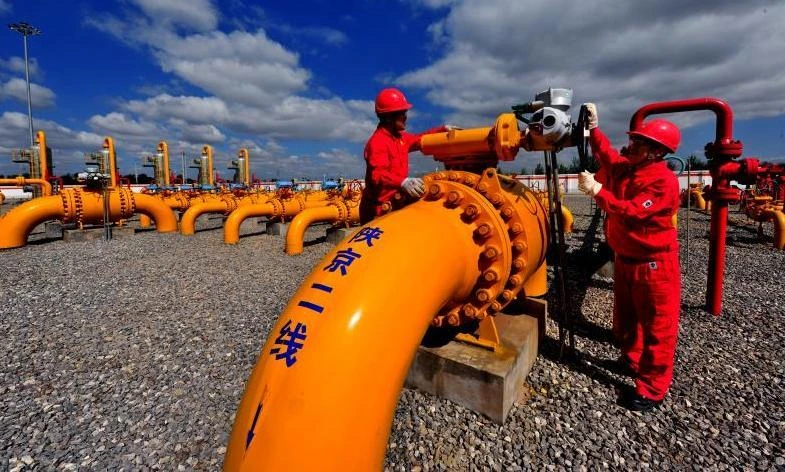
Methods to Measure the Density of Crude Oil
In the vast landscape of the oil and gas industry, ensuring the accurate measurement of crude oil’s density is pivotal. Density, often used interchangeably with specific gravity, directly influences oil’s value, quality, and the processes it undergoes. Let’s dive into some of the most commonly used techniques.
The Hydrometer Method
- What is it? A hydrometer is a calibrated instrument designed to float in the liquid it measures. The level at which it floats provides a direct reading of the liquid’s density.
- How it works: A sample of crude oil is placed in a cylinder. The hydrometer, when gently lowered into the oil, floats at a level corresponding to the oil’s density. The reading is taken from the scale imprinted on the hydrometer.
- Advantages: It’s a simple, relatively low-cost method, and is suitable for field tests.
Oscillating U-tube Density Meter
- What is it? This is an electronic device that uses an oscillating U-shaped glass tube to determine fluid density.
- How it works: The crude oil sample is introduced into the U-tube. The frequency at which the U-tube oscillates is affected by the density of the fluid inside. This change in frequency is then converted to a density value.
- Advantages: Provides rapid and highly accurate measurements, especially beneficial for laboratory settings.
Online Density Meters
- What is it? These are automated systems used in real-time measurement, especially in pipelines and processing units.
- How it works: Utilizing various principles, from radiation-based detectors to ultrasonic sensors, these meters provide continuous density readings, enabling real-time monitoring.
- Advantages: They allow for constant monitoring, ensuring quality and consistency in refining and transportation processes.
Featured Online Density Meters
Challenges in Measuring the Density of Crude Oil
Measuring the density of crude oil is crucial in the oil and gas industry. However, it’s not without its challenges. A clear understanding of these challenges ensures more accurate measurements, which are vital for refining processes, transportation, and trade.
- Temperature Variations
The density of crude oil can vary significantly with temperature. As temperatures rise, crude oil expands, and its density decreases, and vice versa.
Overcoming the challenge: It’s essential to either measure the density at a standard reference temperature or use tools and formulas that can adjust for temperature differences. - Presence of Impurities
Crude oil often contains water, sediment, and other impurities. These can skew density measurements if not accounted for.
Overcoming the challenge: Proper sampling techniques and pre-treatment procedures, like centrifuging, can help in separating impurities. Furthermore, using advanced tools that can differentiate between pure crude and impurities also aids in achieving accurate measurements. - Calibration is Key
Over time, measuring instruments can drift from their original specifications, leading to less accurate readings.
Overcoming the challenge: Regular calibration against reference standards is essential. For instruments like hydrometers and pycnometers, this means checking them against fluids with known densities. For electronic devices, it might involve software adjustments or using calibration liquids. - Viscosity’s Influence
The thicker or more viscous the oil, the harder it can be to get an accurate reading, especially with certain methods.
Overcoming the challenge: Choosing the right measurement method for the oil’s viscosity is crucial. Some techniques might be better suited for thicker oils, while others are more apt for lighter ones. - Heterogeneous Samples
Sometimes, crude oil samples aren’t uniform throughout, leading to inconsistent density readings.
Overcoming the challenge: Thoroughly mixing samples before measurement and taking multiple readings can help in getting a more accurate average density.
While measuring the density of crude oil is paramount, it’s essential to recognize and address the challenges involved.
More Detection and Analysis Sloutions
Industrial Online Dew Point Meters | Sino-Inst
Industrial Slurry Density Measurement-Featured Slurry Density Meters
Density 101: What Is the Unit of Measurement for Density
Industrial Applications of Various Density Meters
What Is Density Meter? and Types
Dew Point Monitor for the Fruit and Vegetable Industry
Understanding the density of crude oil is not just about knowing a number. It plays a pivotal role in the oil and gas industry, affecting everything from transportation and refining to pricing.
Furthermore, while density is a key parameter, it’s just one piece of the puzzle. For a comprehensive overview and efficient management of crude oil, other parameters like flow rate, level, and temperature are equally vital.
At Sino-Inst, we don’t just specialize in tools for measuring the density of crude oil. We also offer:
- Crude Oil Flow Measurement Instruments: Guaranteeing precise and consistent flow rate data.
- Liquid Level Measurement Devices: Ensuring you have accurate readings of crude oil storage levels.
- Temperature Measurement Tools: Helping you monitor and manage the temperature of your crude oil, which, as we’ve discussed, can influence density.
With decades of experience in the industry, we’re not just a manufacturer or supplier; we’re your partner in ensuring accuracy and efficiency in all your operations.
Contact us today to find out how we can help elevate your crude oil operations to new heights.
Request a Quote

Wu Peng, born in 1980, is a highly respected and accomplished male engineer with extensive experience in the field of automation. With over 20 years of industry experience, Wu has made significant contributions to both academia and engineering projects.
Throughout his career, Wu Peng has participated in numerous national and international engineering projects. Some of his most notable projects include the development of an intelligent control system for oil refineries, the design of a cutting-edge distributed control system for petrochemical plants, and the optimization of control algorithms for natural gas pipelines.

